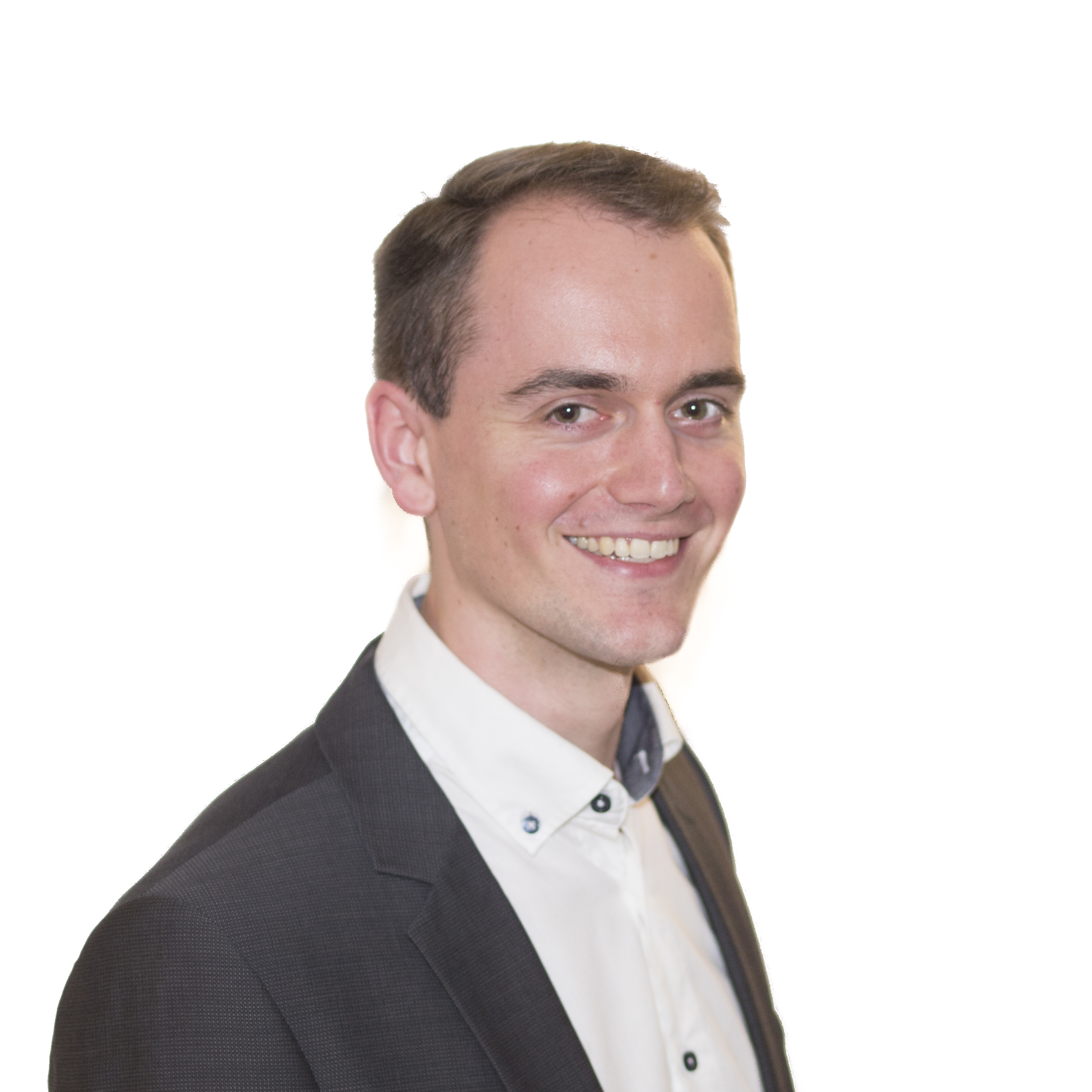Stop talking about innovations. Experience them!
Wouter Heijnen

Being involved with universities and students, I hear a lot about interesting research into the most complicated topics: Artificial Intelligence, advanced planning algorithms, predictive maintenance and so on. However, when I visit one of our clients the next day, I am often surprised by how large the gap between practice and research really is. While MSc students and PhDs are working on AI (Artificial Intelligence) to make the most optimal planning decision, companies continue to rely on the methods they have used for the last decade.

The Gap
What causes the gap to be this large? Firstly, the adoption of innovative technologies is dependent on the process and overall company maturity. It is unlikely that a company will jump from using handheld calculators and Excel to employing the most advanced scheduling algorithms overnight. Secondly, however, we should look at the role of universities and researchers. They play a crucial role in transferring their knowledge and findings to the broader business world. This process, called valorisation, ensures that research is turned into practical applications that provide tangible benefits for people and businesses.
While researchers are often extremely passionate about their research topic, they may not prioritise the valorisation of their work. Admittedly, this is a significant challenge and while many researchers do strive for valorisation, they often struggle to achieve it.
Bridging the gap
To help in this endeavour, researchers often work in research consortia where they collaborate with other knowledge leaders and practitioners. As Gordian, we have the pleasure of contributing to several such research groups, for example recently with the MARCONI project . The primary objective of these consortia is to bring together the resources, expertise, and knowledge of multiple organisations to tackle major scientific challenges. Moreover, they value valorisation as participants often has (financial) incentives to do so.
However, even collaboration with practitioners often does not have the desired widespread valorisation effect. It typically limits the reach of new innovations to the participating companies and struggles to reach beyond that. To expand the reach and raise awareness of the opportunities innovation has to offer, we have devised a new approach.
Valorisation by ‘Experience’
Our aim is to make research papers and complex models more comprehensible and tangible to a larger audience. How do we propose to achieve this? By providing a more hands-on experience with innovation.
For instance, instead of discussing the potential benefits of Additive Manufacturing, show them! Show the traditionally manufactured spare part next to the corresponding 3D-printed version. Demonstrate the printing process by having a 3D printer on location. Similarly, we can highlight the benefits of Augmented Reality, not by presenting some slides, but by providing AR goggles. Allowing the audience to imagine themselves as mechanics inspecting an airplane engine in Augmented Reality.
Our message is clear
Instead of talking about innovation, let people experience them! By trying out modern technologies, processes, and products, we can better understand their impact, identify potential applications as well as issues, and stay ahead of the curve. It also creates a more lasting impression on the audience and, from our experience, motivates them to take action!
Do you have other ideas about valorisation or are you interested in our vision, please contact us!


